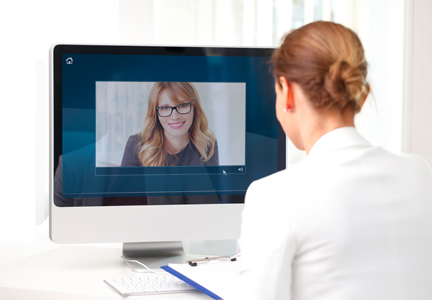
Introduction
Telehealth has expanded in many medical fields, and optometry is no exception.
Tele-optometry allows eye care through virtual consultations, remote monitoring, and digital diagnostics—especially beneficial in rural or underserved areas.
What Tele-Optometry Looks Like
Virtual Consultations: Patients use video calls for symptom review, triage, follow-ups.
Remote Diagnostic Tools: Home-based retinal cameras, autorefractors, or attachments for smartphones.
Hybrid Models: Patients do in-clinic imaging, then consult with the doctor virtually about results.
Benefits
Increased Access: Particularly useful in states or counties with few eye doctors.
Convenience: Patients save travel time and can receive care from home.
Continuity of Care: Easier follow-up for chronic conditions like glaucoma, dry eye, refractive tracking.
Cost Efficiency: Clinics can optimize staff time and reduce no-shows.
Challenges & Considerations
Regulatory and licensing differences by state
Quality of remote imaging and diagnostic accuracy
Ensuring patient data privacy and HIPAA compliance
Technology costs and patient adoption
Limitations: not suitable for some conditions needing in-person evaluation (e.g. surgery, advanced disease)
How U.S. Clinics Are Implementing Tele-Optometry
Examples: mobile eye vans equipped with imaging tools; partnerships with rural clinics; subscription “eye health monitoring plans”
Use cases: remote diabetic retinopathy screening; dry eye follow-ups; triage urgent eye complaints
Tips for Patients & Practices
For practices: invest in reliable remote diagnostic tools; train staff; pilot virtual workflows
For patients: ensure good lighting, clear camera view, stable internet; follow pre-visit instructions (remove glasses, distance)
For both: schedule periodic in-office visits to complement virtual care
Conclusion
Tele-optometry is not a replacement for all in-person care, but it's a powerful extension of service. As technology improves and regulations adapt, virtual eye care will play an increasingly important role in American optometry—especially in bridging gaps in access and improving patient convenience.









